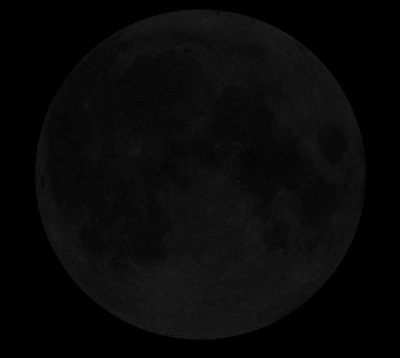
Lunation is the average time for one lunar cycle or the moon’s synodic period. As the Moon orbits the Earth, while the Earth orbits the sun, the Moon exhibits different lunar phases. The amount of light reflected to the sun is relative to the position of the Sun, Earth and Moon. For instance, full moon happens when the Moon and the Sun are positioned on each side of the Earth. New moon on the other hand appears when Moon and the Sun are both positioned on the same side of the Earth. The average interval between two new moons is 29.530589 days which is equivalent to 29 days, 12 hours, 44 m, and 3 sec.
The differences in the length of lunation affect certain conditions on Earth such as the tides. The eccentricity of the orbits of both Moon and Earth affects that length of each lunation. The distance of the Moon to Earth also affects its velocity. When the moon is closer to Earth, it moves faster but it moves slower when it is father. In addition, the speed of the Earth while orbiting the Sun also affects the phases of the moon. However, individual lunation is always less than 15 hours ahead or behind the average lunation period.
